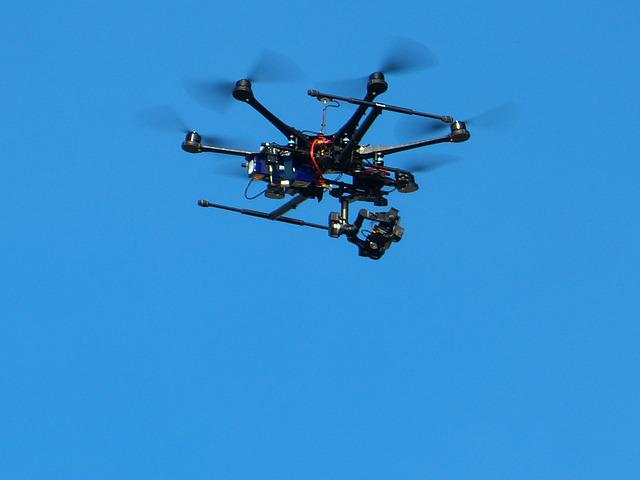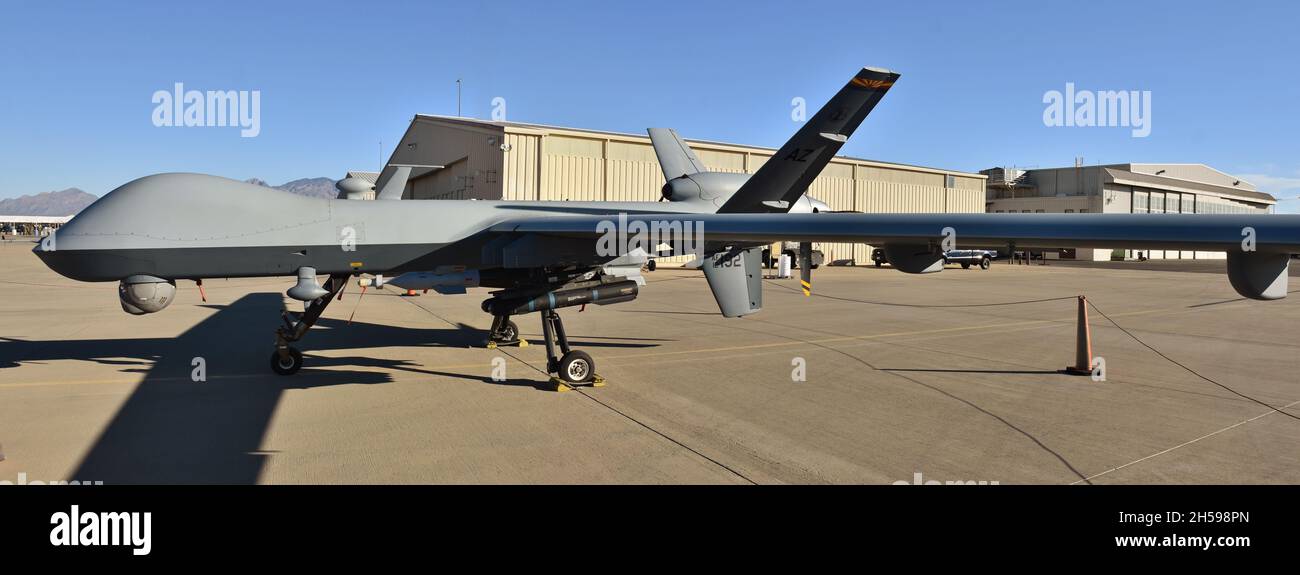
Oil and gas drones have many applications. Drones can be used to protect pipelines, by visual monitoring their perimeters and detecting external or natural threats. Drones are useful in monitoring the pipeline perimeter, preventing blazes, and reducing methane gas emissions. In an emergency, they can be used to alert safety committees. Below are the most commonly used oil and gas drones.
Reduce methane emissions
A new drone technology used for monitoring methane emissions can reduce methane gas emissions by up to 90% Drones equipped for laser beam sensors can fly over suspected areas and then beam a light beam on the area. Once the beam has been reflected, methane gas can be detected. OPLS then provides detailed analysis of the detected leaks.
Safety improvements
Not only can they provide safer access to dangerous areas, but oil and gas drones also allow for inspection and monitoring of their assets. This reduces the risks of employees being sick or injured, as well insurance costs and lost productivity. Drones are also affordable, making them an attractive option for oil and gas companies to manage their facilities. Drones allow for multiple inspections of oil and natural gas facilities. This allows companies to better plan maintenance, and monitor the health and condition of their assets.

Prevents dangerous fires
U.S. Department of Interior used drones equipped with infrared cameras to find a fire in Amazon rainforest. Infrared cameras were used to identify the fire and save firefighters $50 million. While drones are not allowed to fly near manned aircrafts or other sensitive equipment, they can be used for monitoring fires in remote areas. The U.S. government is concerned about drones being used to do this.
Improves productivity
Drones are a key part of the oil and gas industry. They allow companies to collect vital information about potential oil wells. With GPS and laser scanning capabilities, drones can gather topographical data about new locations and provide important information, such as access routes and building materials. These drones can also aid in rescue missions by providing visuals to dangerous areas and helping determine the best way for workers to reach them.
Reduces downtime
As the use of drones in the oil and gas industry grows, companies are finding new uses for the technology. For example, Chevron has used drones for internal equipment inspection, earthworks mapping, and project progress monitoring. Drones were also used in the early days of inspections on oil rigs, flare stacks, and other applications. Drones are able to reduce downtime for inspections and help with personnel safety. Drones can monitor the health of the environment.

FAQ
What is the best drone to buy for beginners?
The DJI Phantom 2 Vision+ is a popular beginner drone. This drone comes with a 4K camera which can be used to take aerial photos and videos. The drone's GPS system allows you to navigate easily.
Are drones allowed on public events?
You can fly your drone anywhere you like, provided you adhere to the rules. If you want to fly your drone in public events like parades, festivals, concerts, etc., you must get permission from the event organizers.
What are the rules of operation when using drones?
You need to register your drone with the FAA. This registration involves information such as the weight, size, battery capability, and operating frequency. This registration process requires that you obtain an FAA identification code.
Is it safe for a driver to fly a drone?
Flying a drone while driving is dangerous because you could crash into another vehicle or object. You also risk hitting pedestrians or other animals. A collision with power lines, trees, buildings, or power lines could cause serious damage to your vehicle.
You can fly a drone as high as you like without a license.
The FAA has no limits on the maximum height a drone can fly. The FAA does require you to register unmanned aircraft systems (UAS), which include the registration number of your model, weight and size, serial numbers, manufacturer's names, date manufactured and other information.
Statistics
- According to ZipRecruiter, the minimum hourly wage of drone pilots is $20. (thedroneu.com)
- With the top 10% making over $100/h and the bottom 10% making as low as $10/h. (dronesgator.com)
- According to the multiple listing service (MLS), houses and apartments with drone photographs are up to 68 percent more likely to sell than those without pictures. (thedroneu.com)
External Links
How To
How To Film Yourself With A Drone
A drone makes it easy to film yourself. All you need is a camera, remote controller, and your smartphone. The first thing you should do is to get your license from the FAA (Federal Aviation Administration). You will then need to purchase a quadcopter. This type of drone comes with four rotors, allowing it fly in multiple directions.
After you purchase your drone, connect it to your computer using a USB cable. Open the software program on your drone. Follow these steps:
-
Connect the battery of your drone to the power source of your laptop.
-
Open the webcam and verify that your drone is working properly. If you don't see anything on the screen, then check if there is any problem with the connection between the drone and the computer.
-
Turn on Wi Fi and type the IP address from your computer in the field "IP Address".
-
Select the option "Camera" and select "Open Camera."
-
Make sure the image quality is set at HD 1080p
-
Click on "Record", then click "Start recording."
-
After you have finished recording, close your webcam application.
-
Save the video file to you hard drive.
-
Finally, upload the file to YouTube using another computer.
-
You can share your video link via social media sites such as Facebook, Twitter and Instagram, Google+, LinkedIn. Pinterest, Tumblr. Reddit.